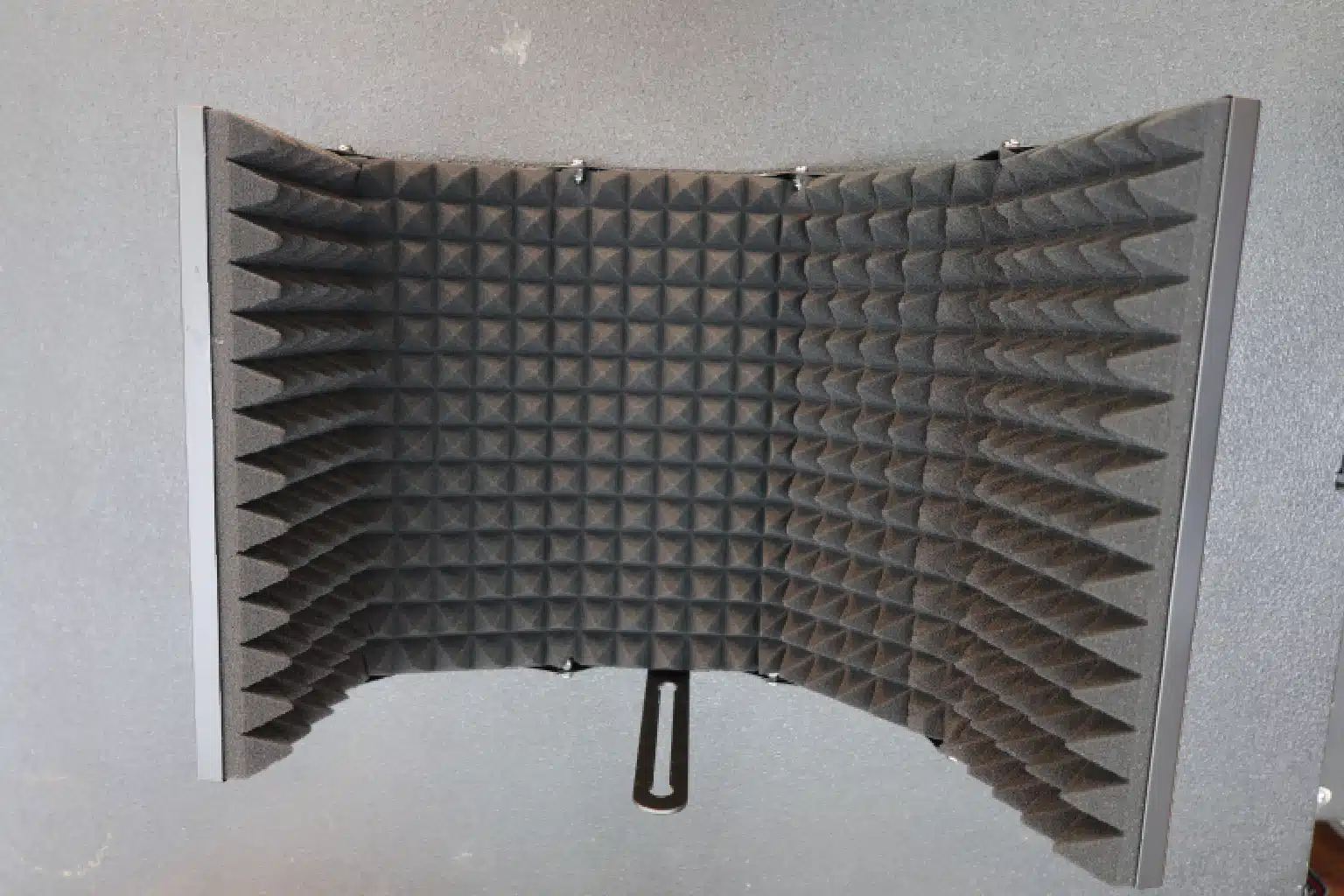 A sound reflection absorbing wall, often referred to as an acoustic absorption panel or soundproofing wall, is designed to reduce noise by minimizing sound reflections. These walls are constructed using materials that have high sound absorption coefficients, meaning they can absorb a significant portion of the sound energy that hits them, rather than reflecting it back into the environment.
A sound reflection absorbing wall, often referred to as an acoustic absorption panel or soundproofing wall, is designed to reduce noise by minimizing sound reflections. These walls are constructed using materials that have high sound absorption coefficients, meaning they can absorb a significant portion of the sound energy that hits them, rather than reflecting it back into the environment.
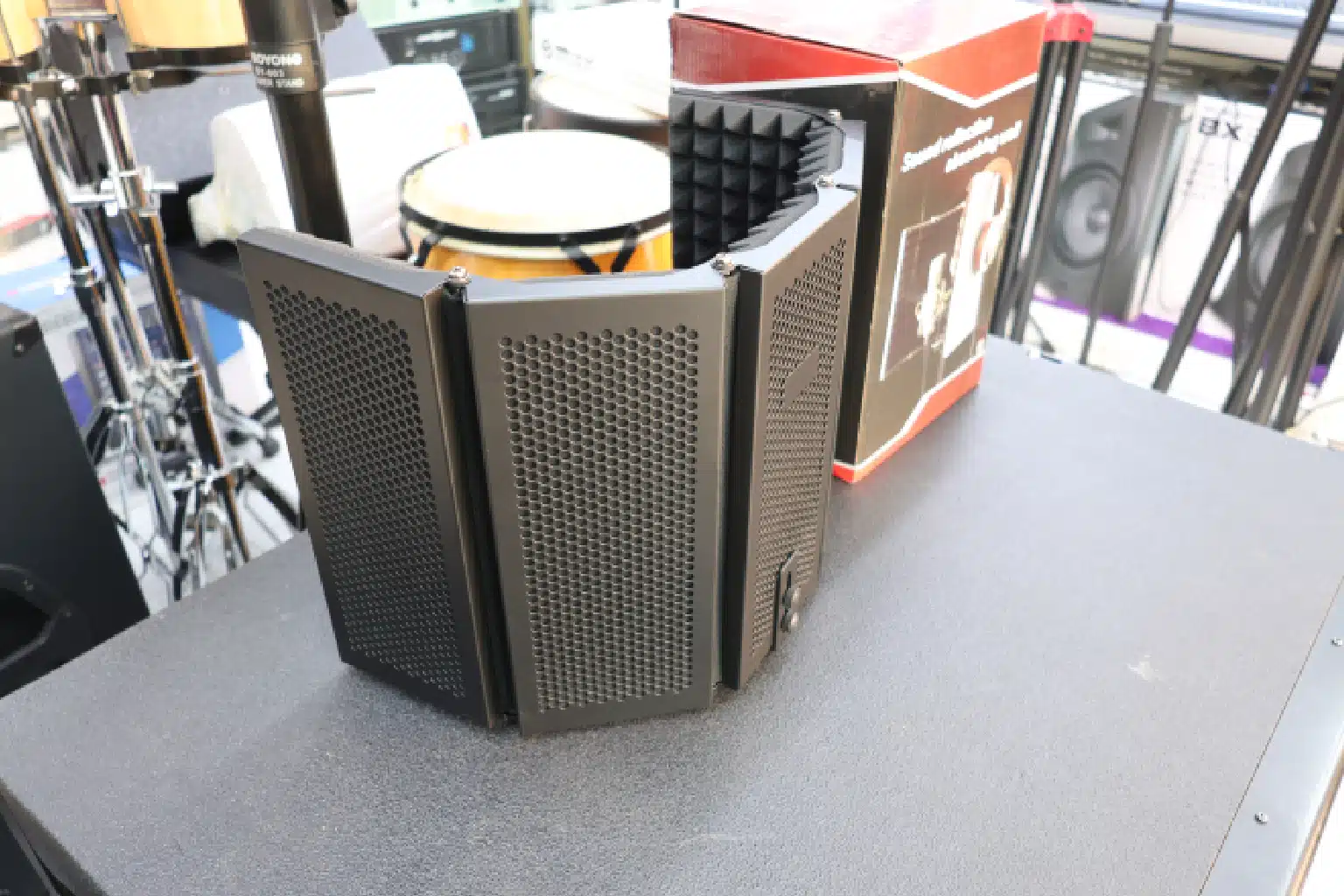 Key features of a sound reflection absorbing wall include:
Key features of a sound reflection absorbing wall include:
- Material Composition: Typically made from porous materials like fiberglass, mineral wool, foam, or specialized acoustic fabrics. These materials have a structure that allows sound waves to enter and dissipate within them, converting sound energy into a small amount of heat.
- Surface Texture: The surface of these walls is often designed with patterns or irregularities to increase the surface area and enhance the absorption of sound waves across a broad range of frequencies.
- Thickness and Density: The effectiveness of sound absorption is influenced by the thickness and density of the material. Thicker and denser panels generally provide better low-frequency absorption, while thinner materials are effective for higher frequencies.
- Installation: These walls can be installed in various environments such as recording studios, theaters, offices, and residential spaces. They can be mounted directly onto walls, ceilings, or used as freestanding partitions.
- Aesthetic Design: Modern sound absorbing walls come in various colors, shapes, and sizes, allowing them to blend seamlessly with the interior decor while providing functional acoustic benefits.
Overall, sound reflection absorbing walls play a crucial role in controlling acoustics by reducing echo and reverberation, leading to improved sound clarity and a more pleasant auditory environment.


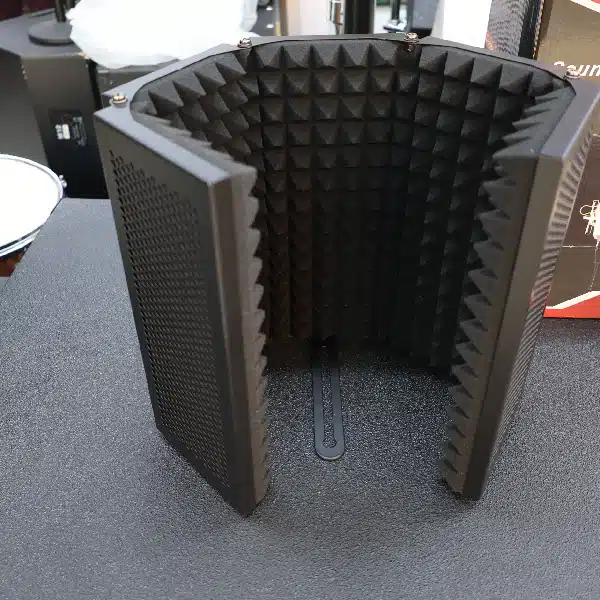
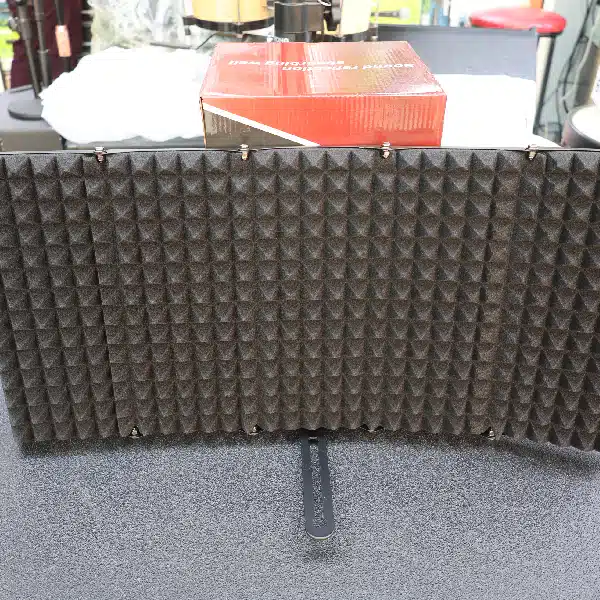
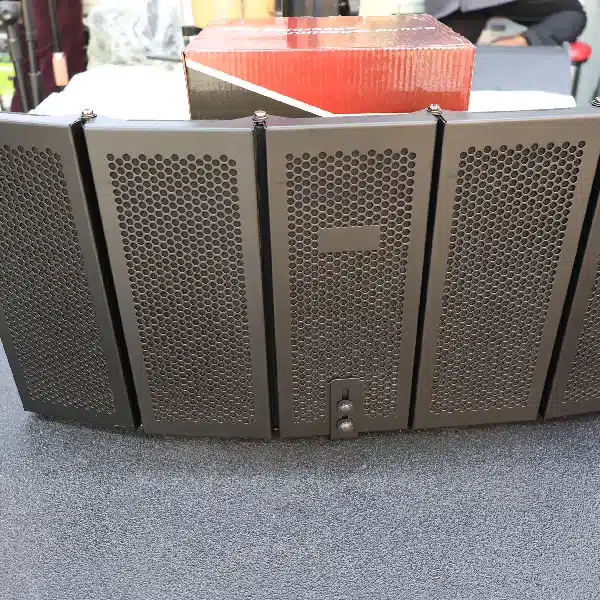
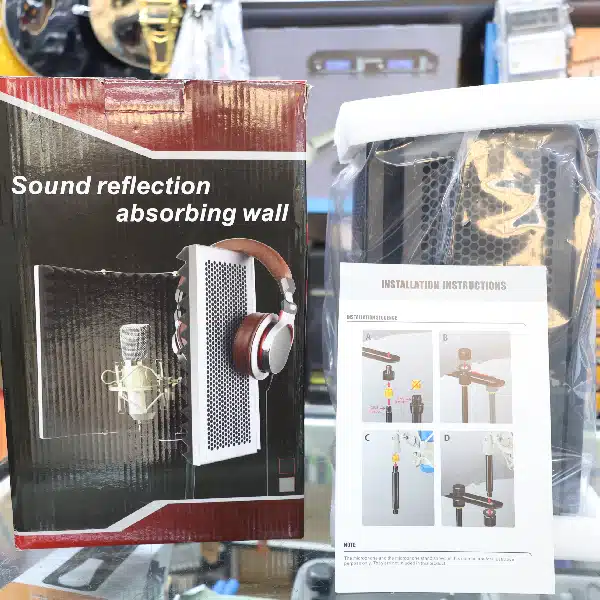
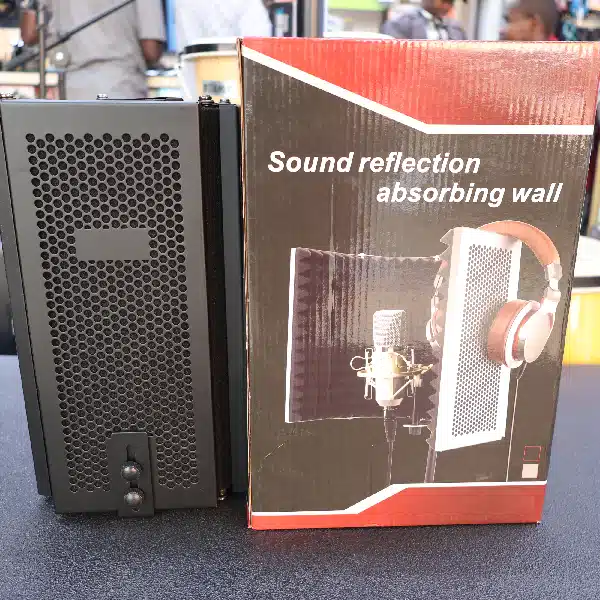
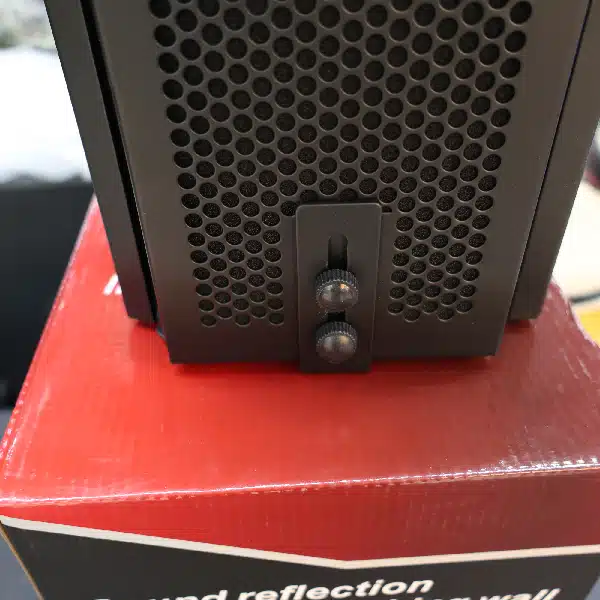
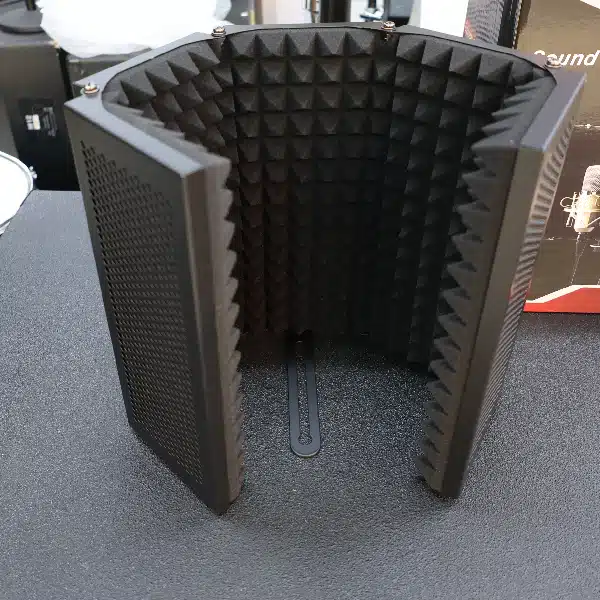

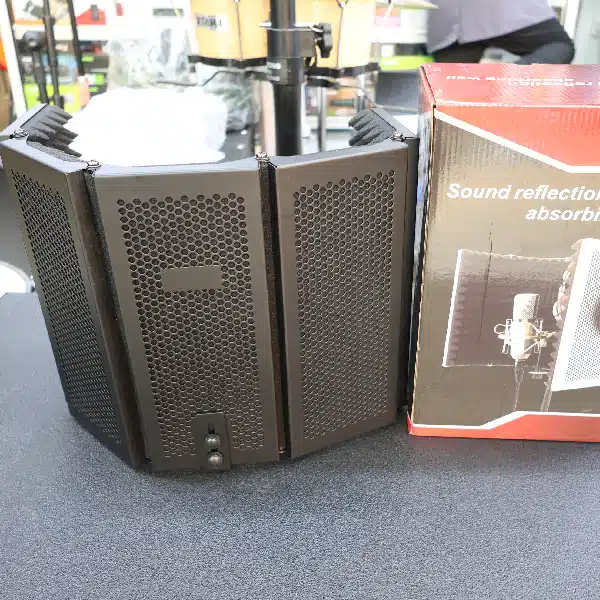
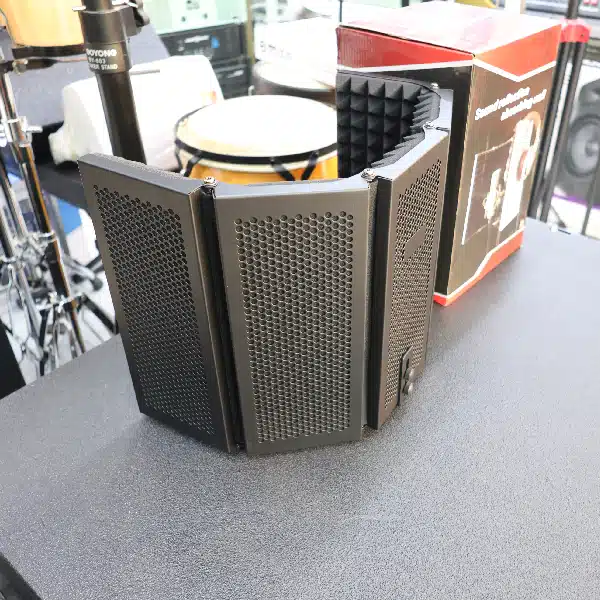
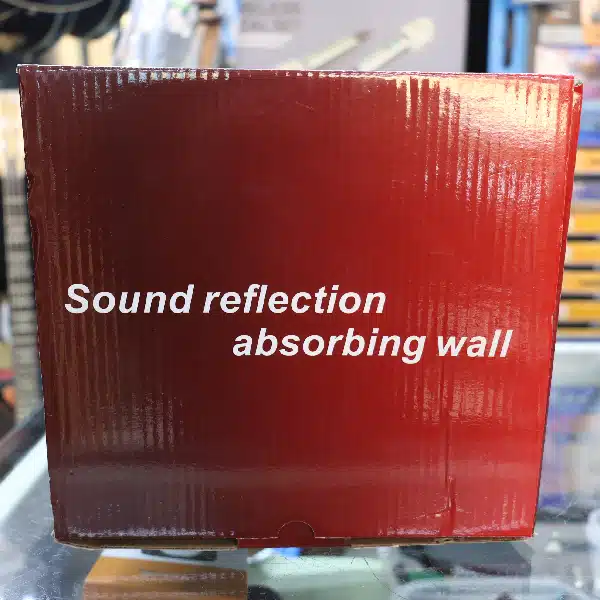
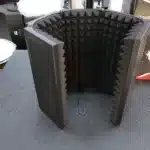
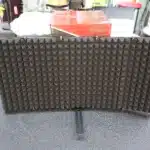
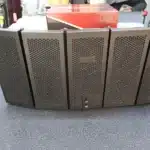
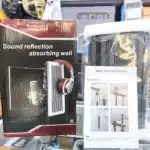
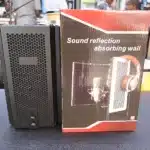

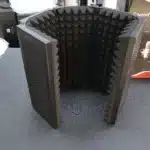
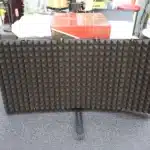

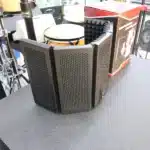


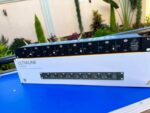
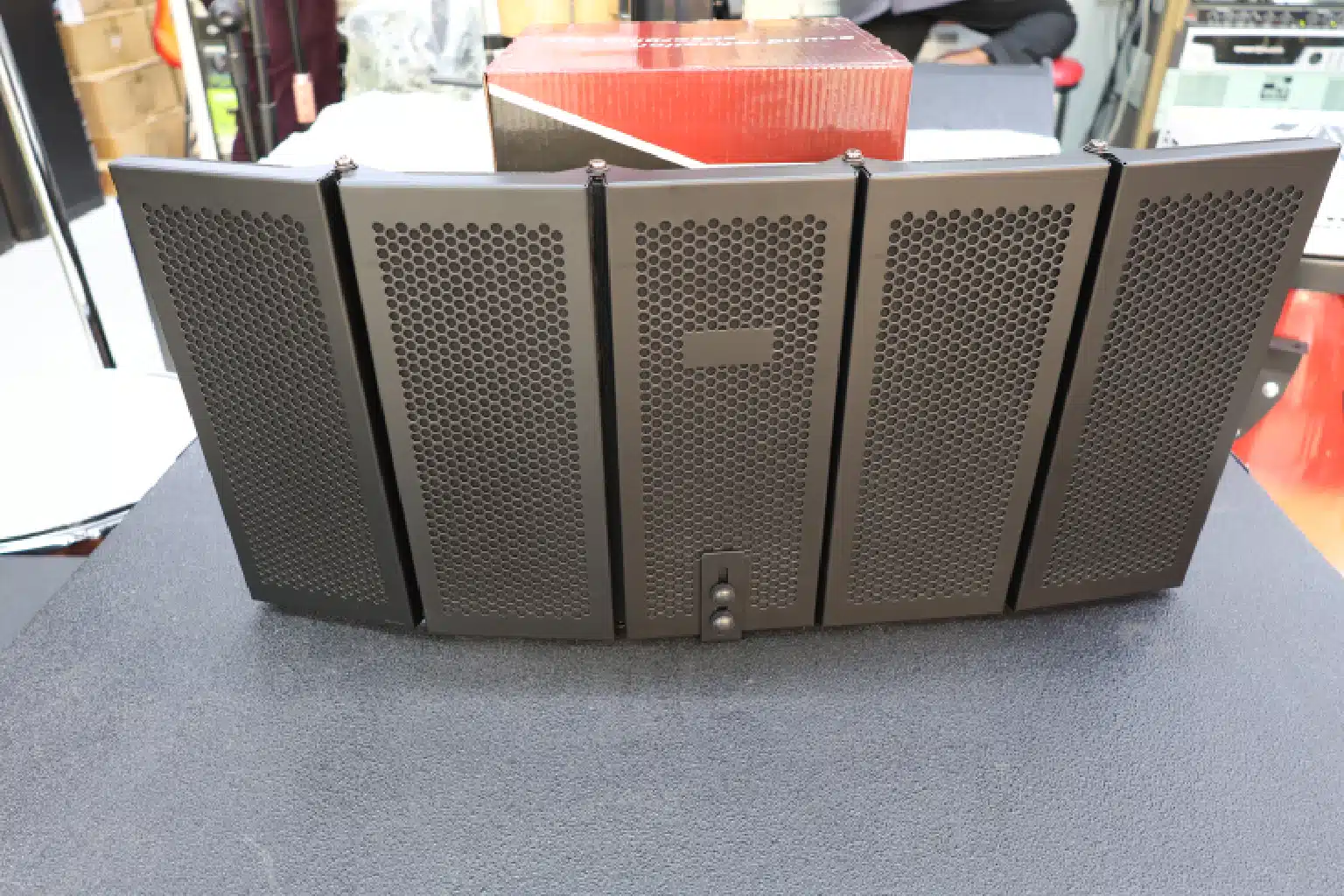
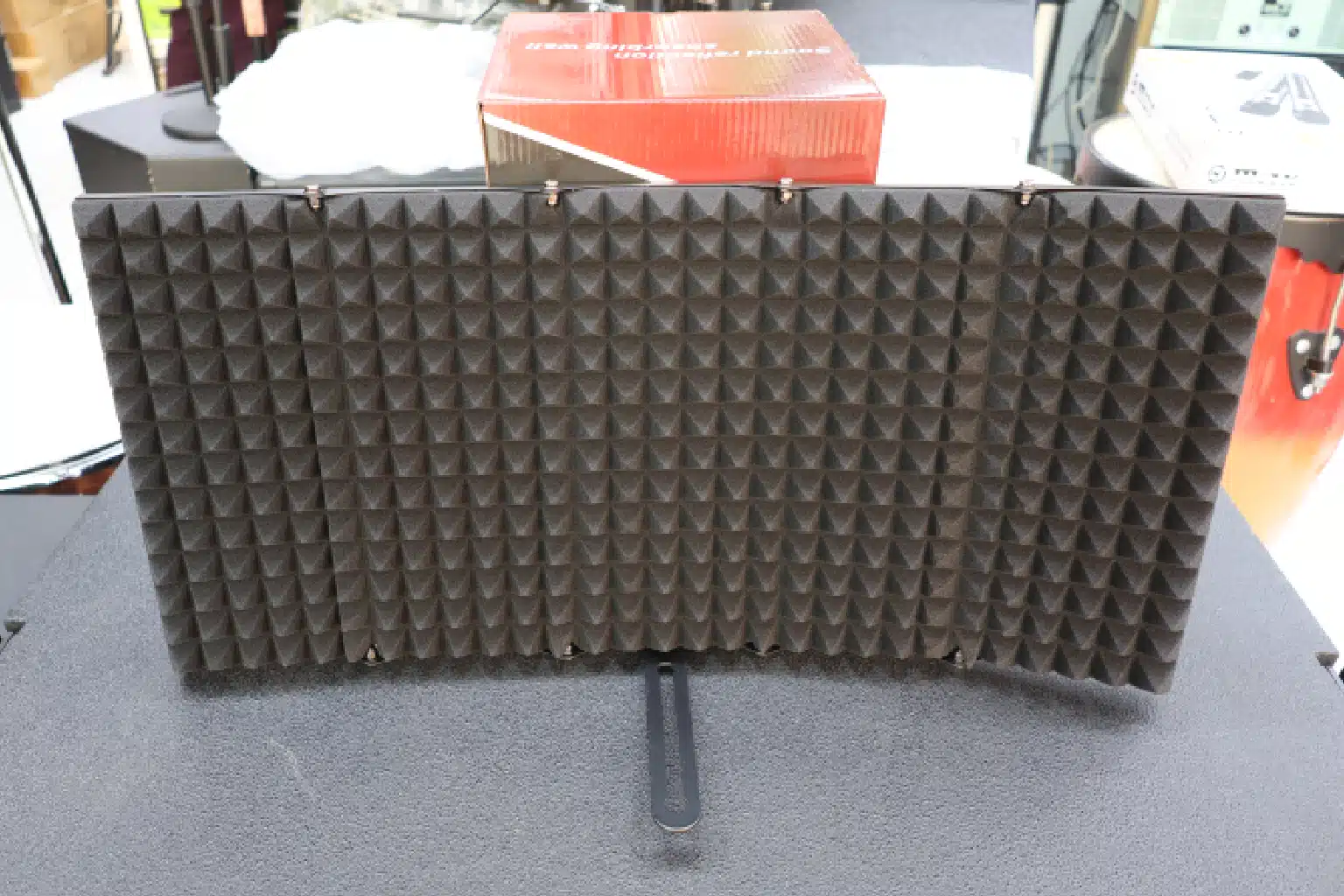
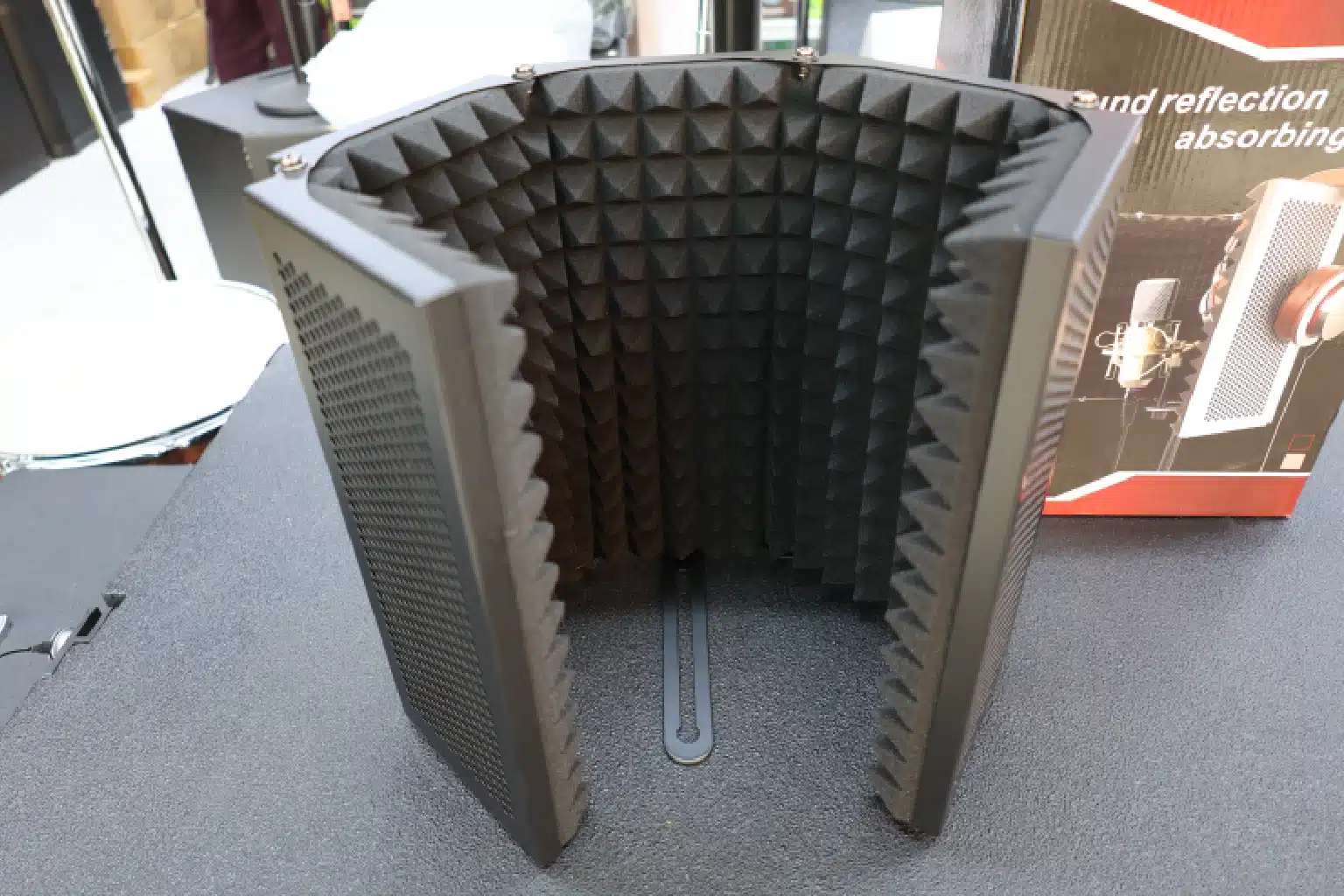
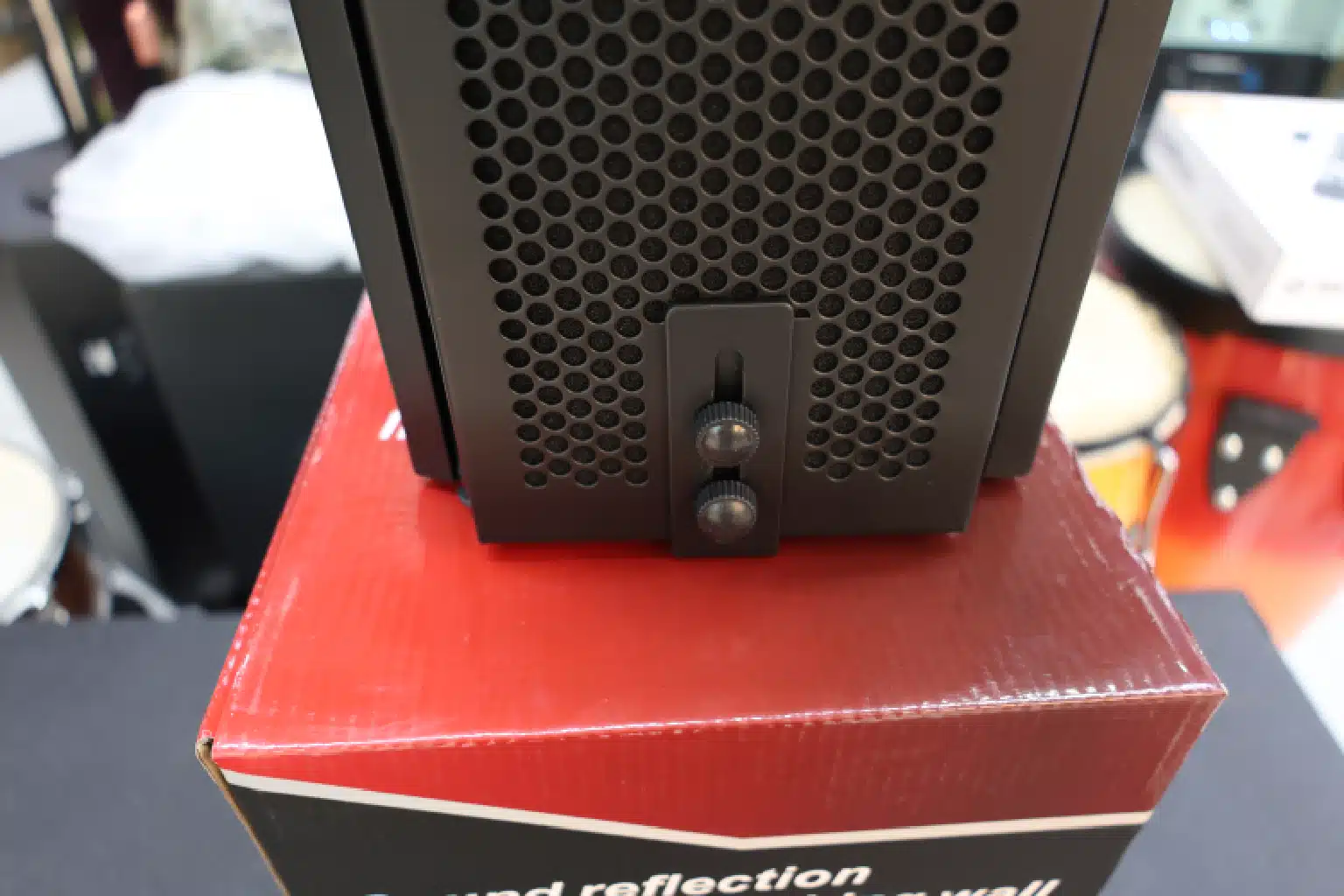
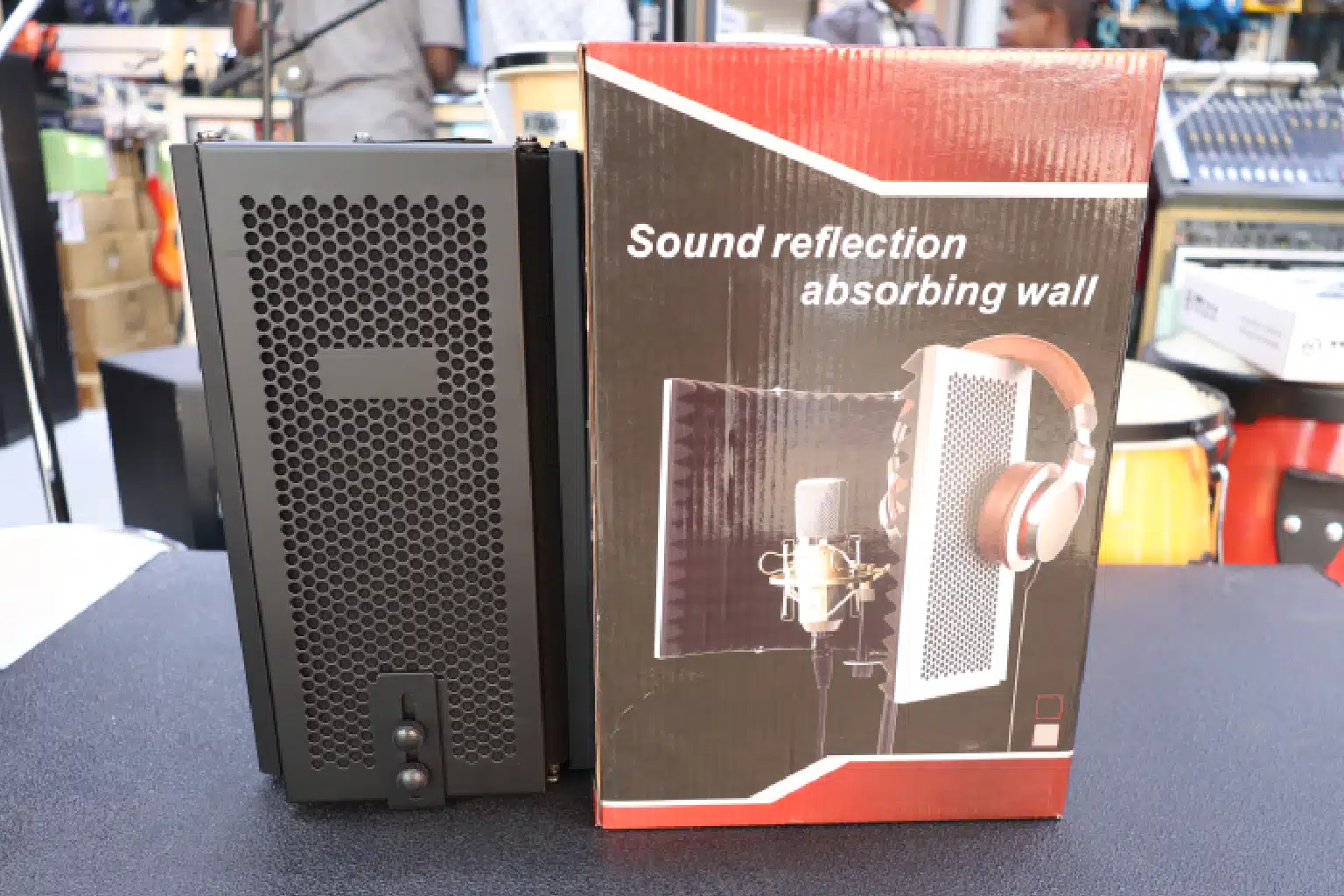
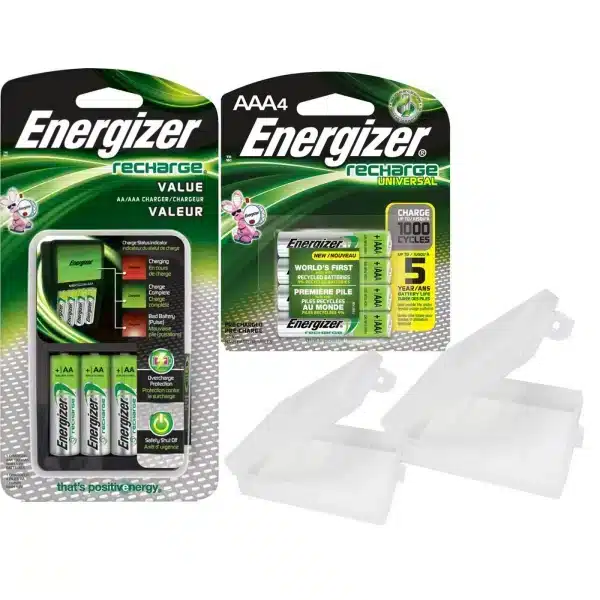
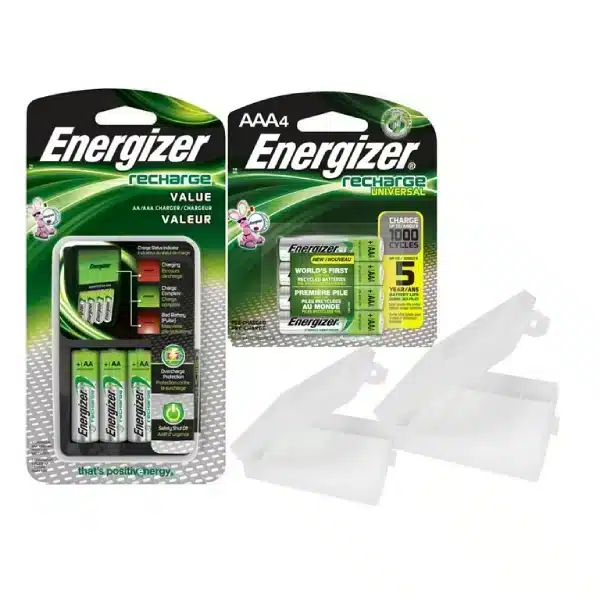
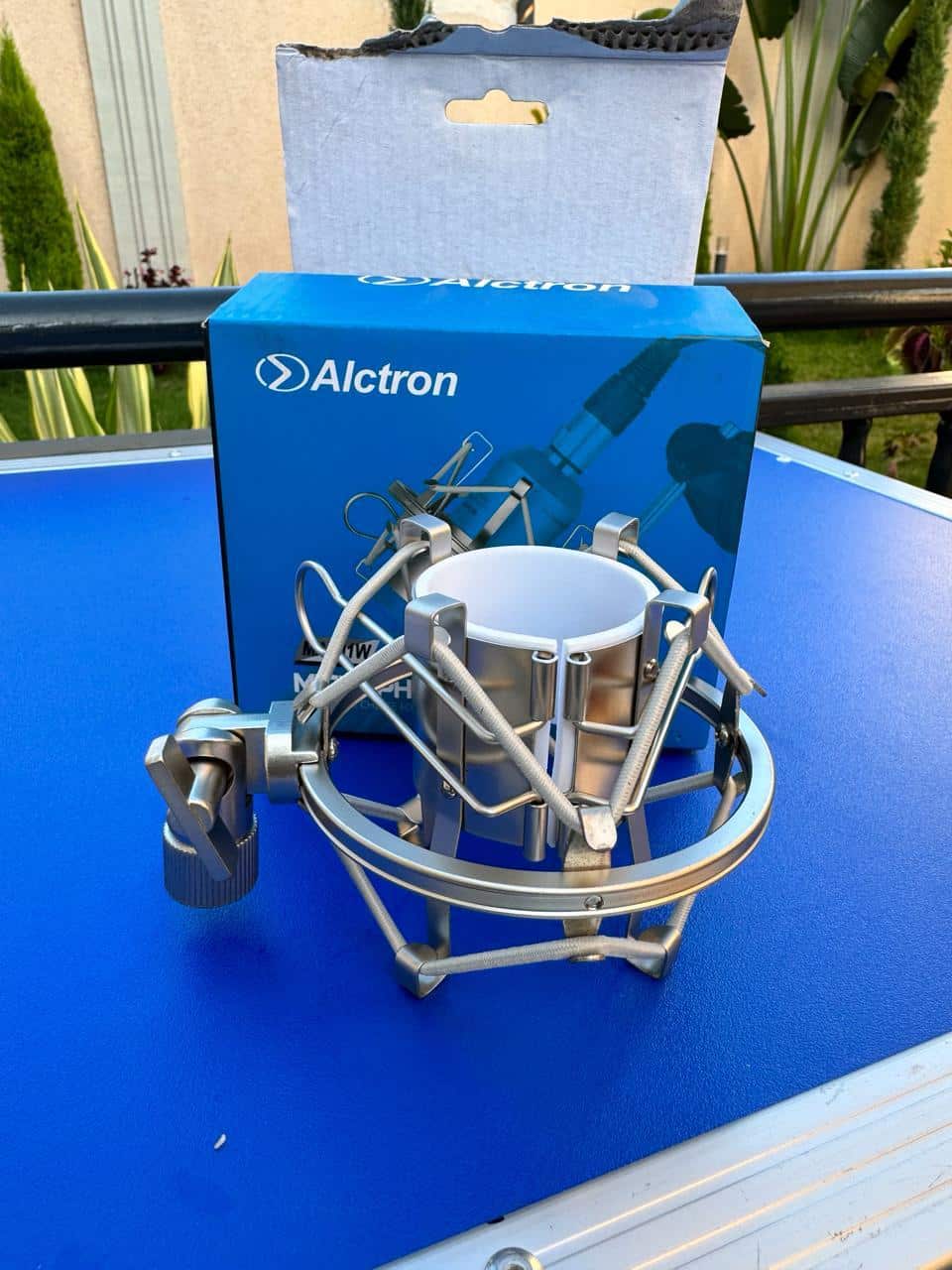
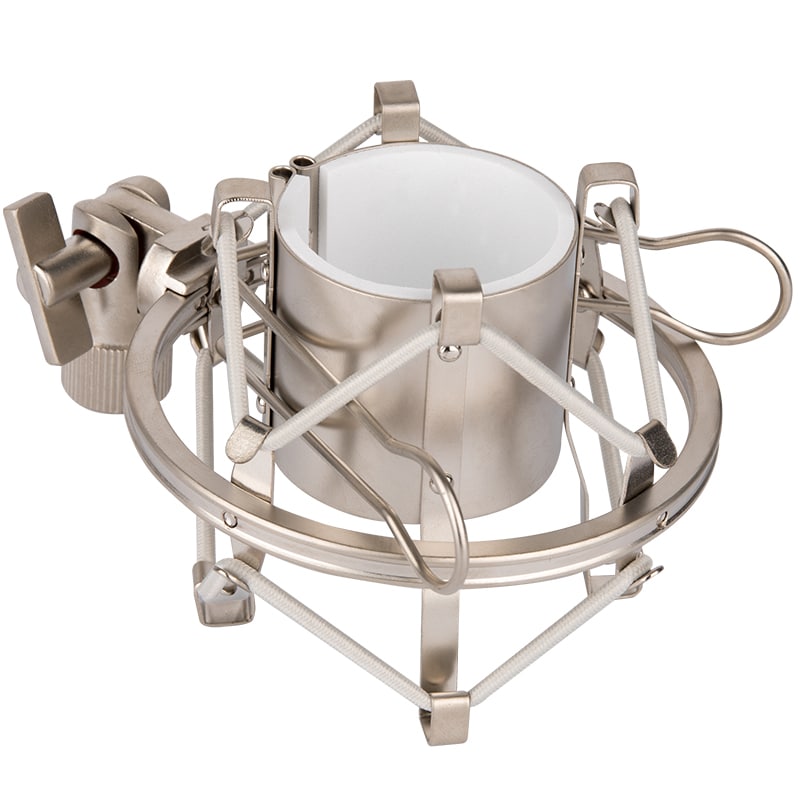
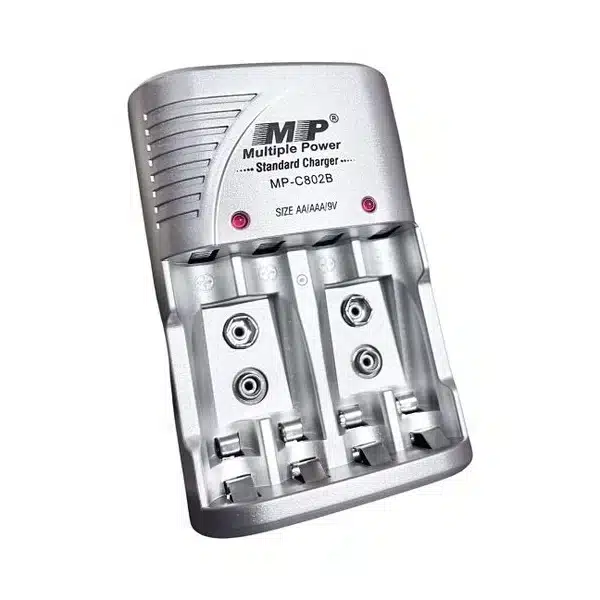
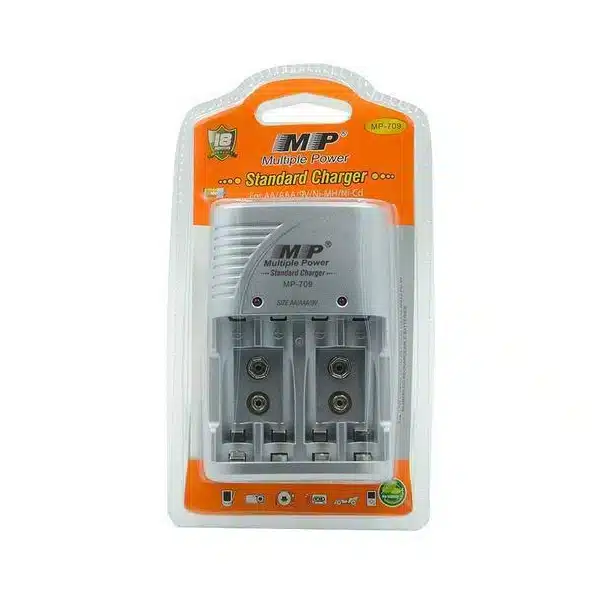
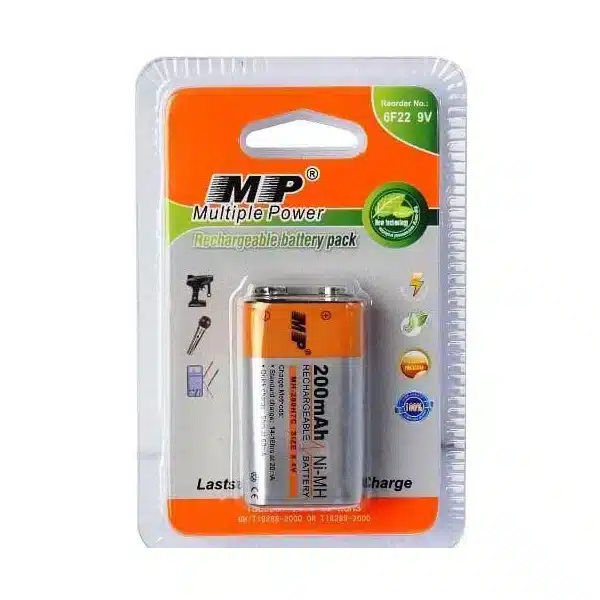
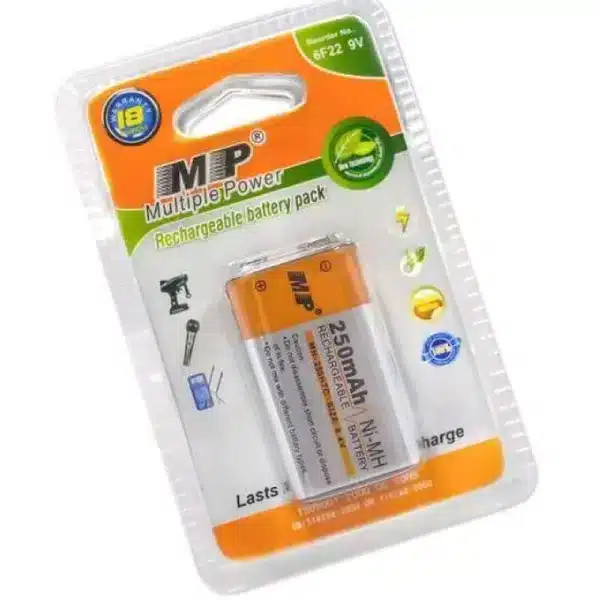
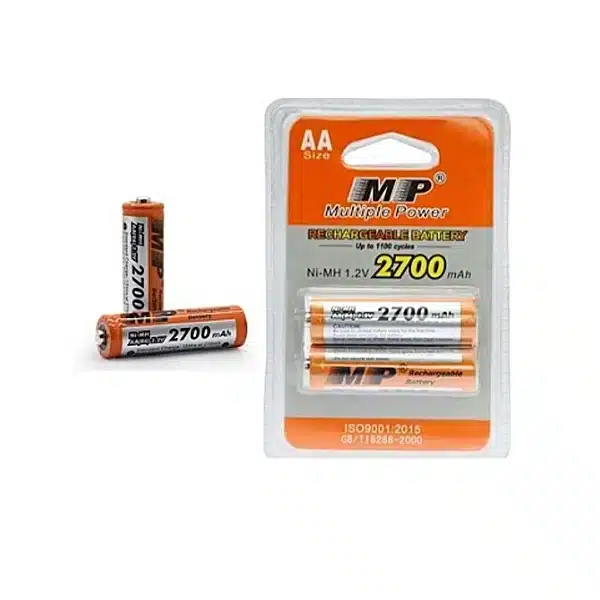
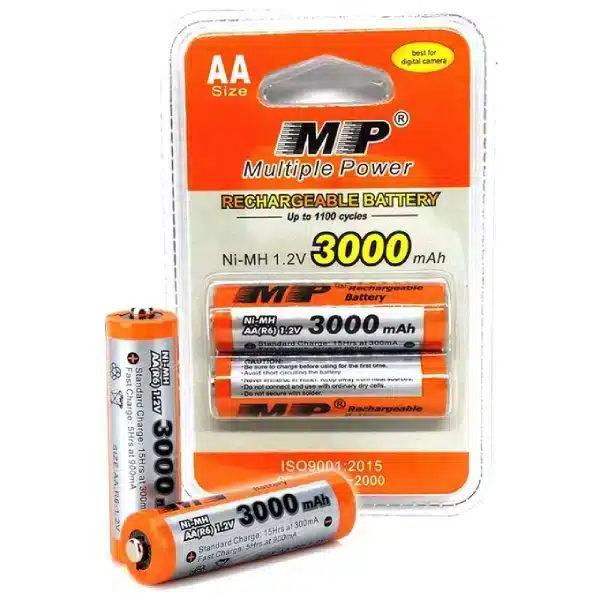
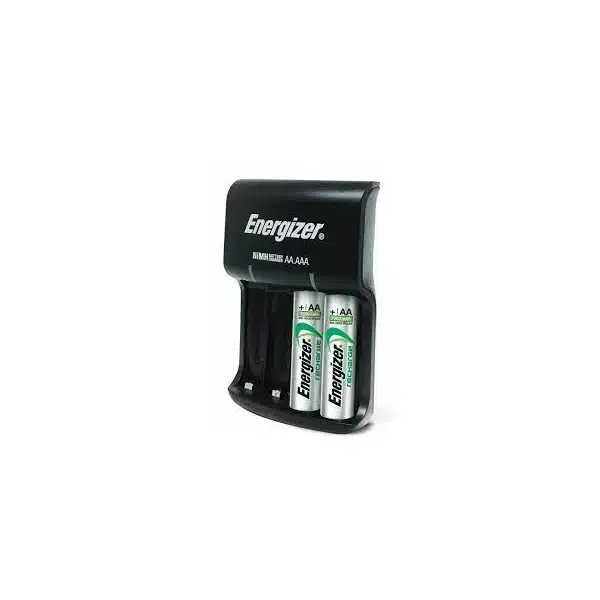
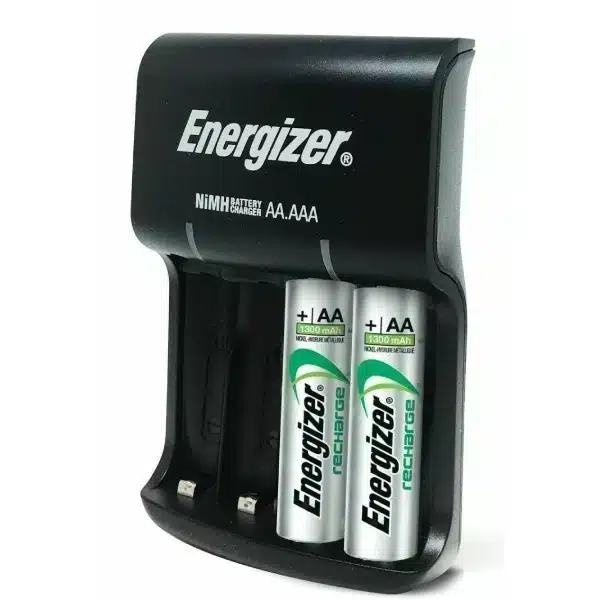
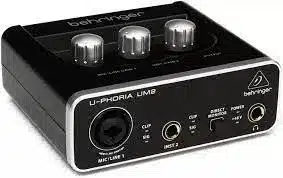
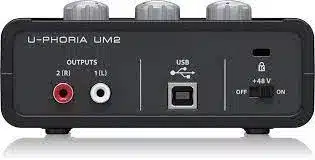
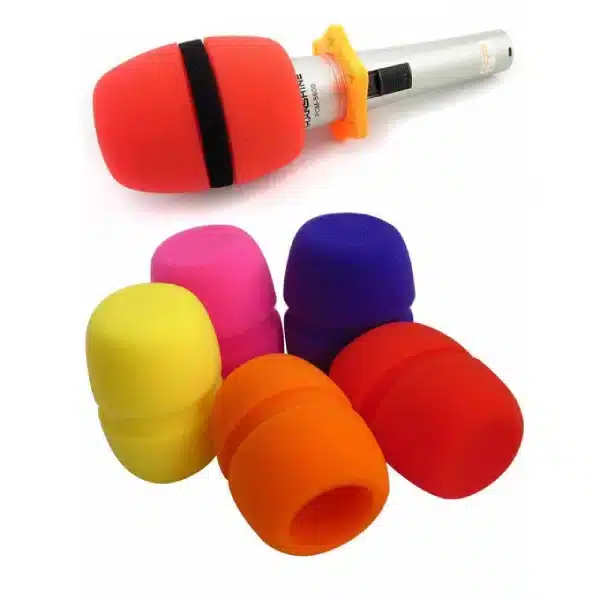
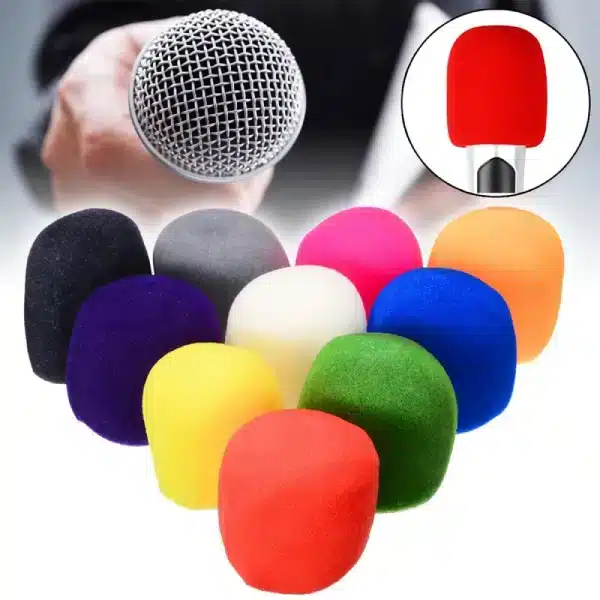
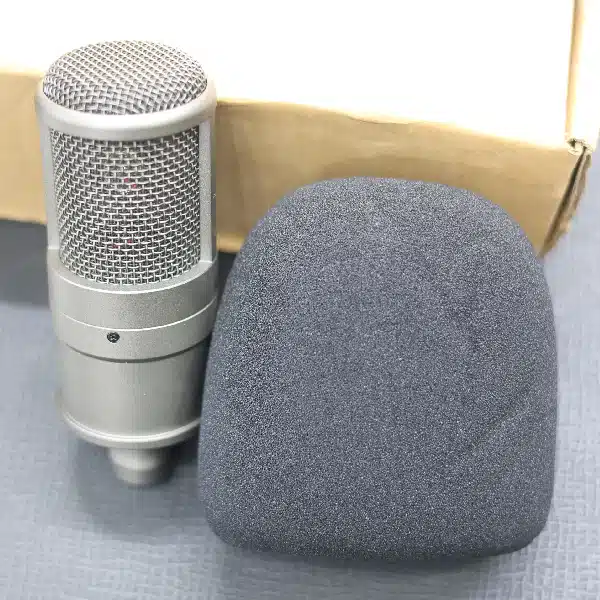
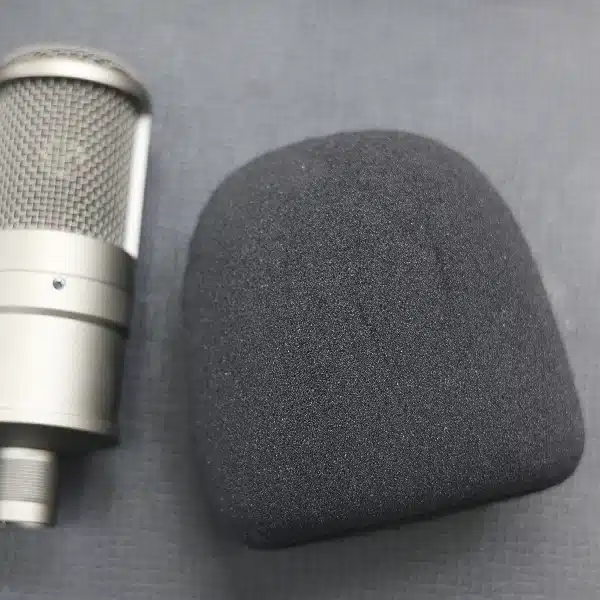

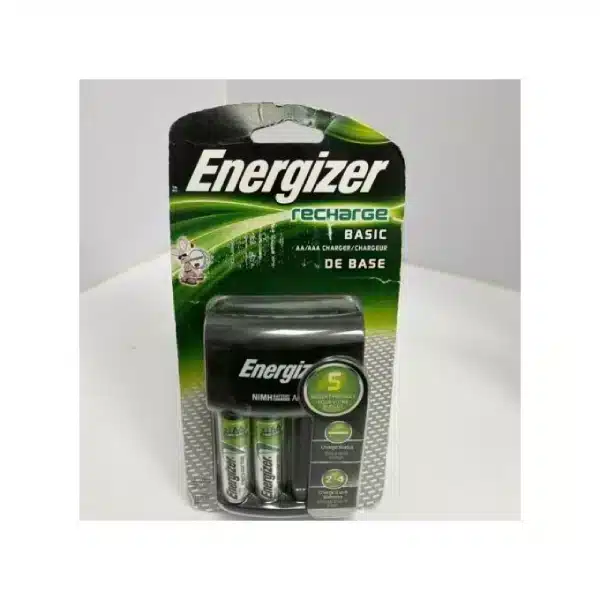
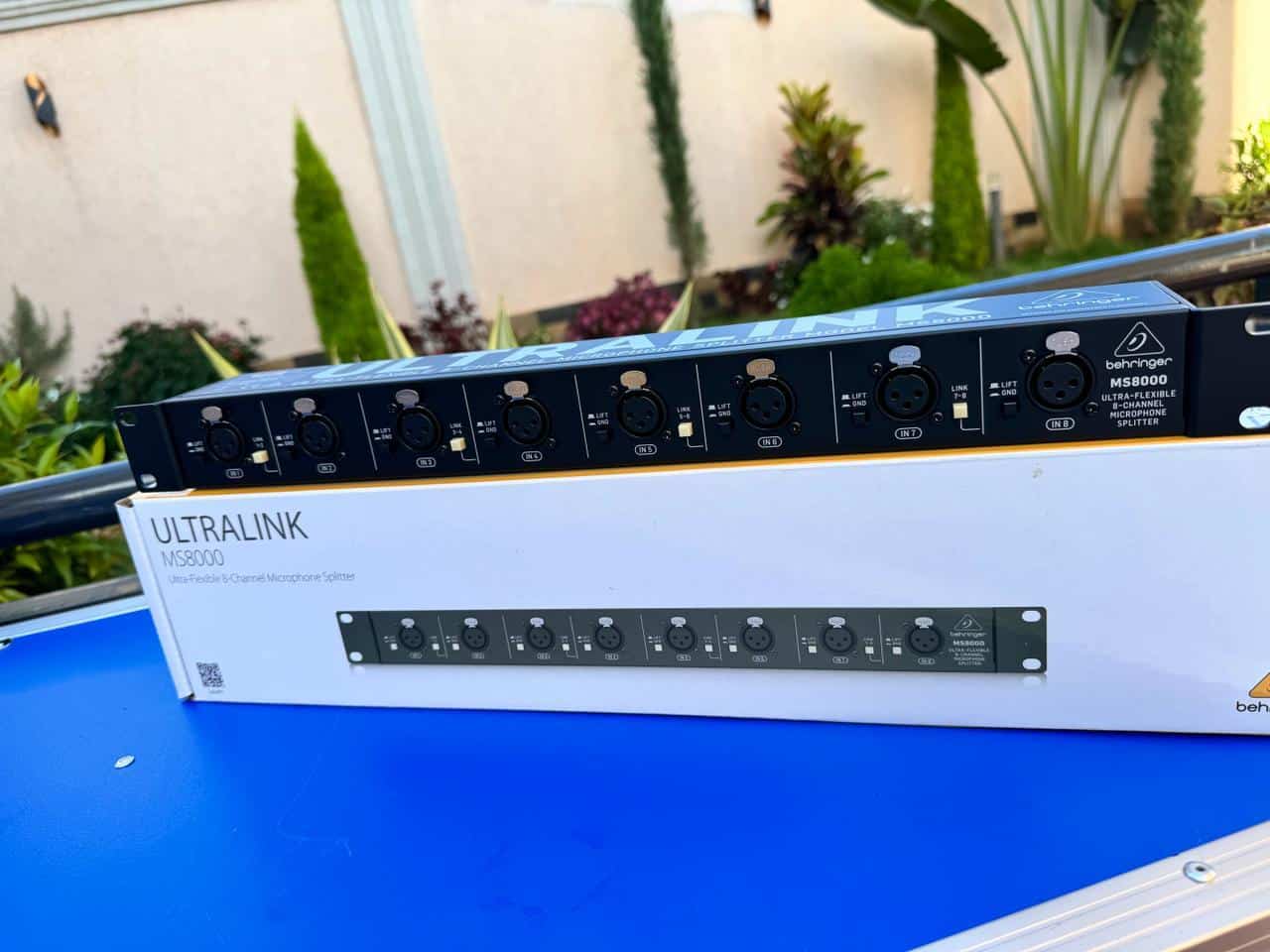
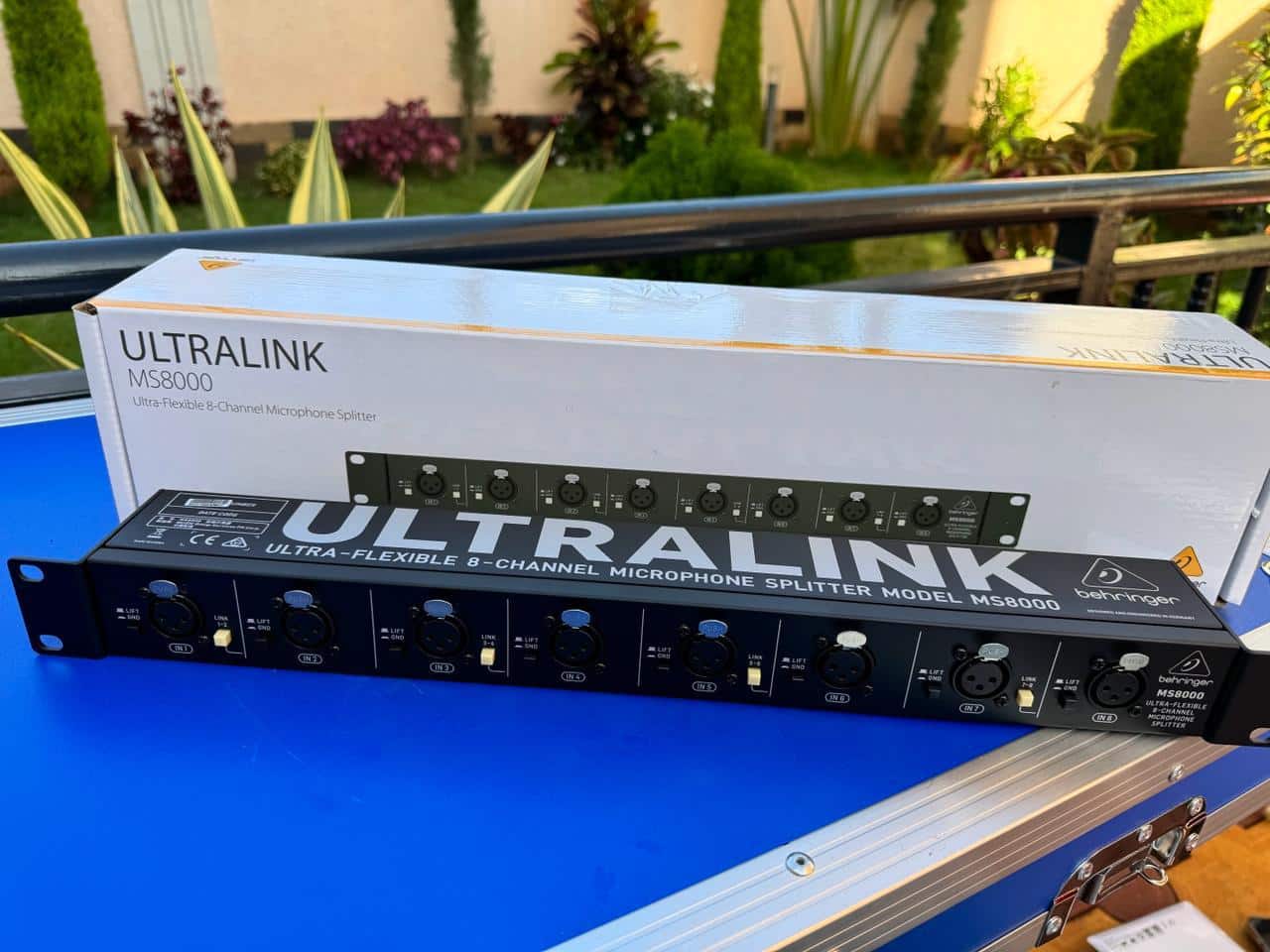

Reviews
There are no reviews yet.